First, each bird is weighed. The station's lightest birds, prairie warblers, weigh as little as 5 grams, and the heaviest of this season, the blue jay, weighed in at 84 grams. Cusack then applies an aluminum band bearing an identification number to the bird's right leg using specially designed pliers. This unique number allows the bird to be tracked throughout the years.
If a yellow warbler banded at Kent Farm appears in Michigan next summer, it will increase knowledge of how widely an individual bird might range from its nesting grounds. It is also one of the only methods of determining life span of songbirds. One banding-based study from Stanford University determined that a purple finch can live up to 12 years in the wild.
This information is based on consistently re-netting the same bird in order to gain longitudinal data. Scientists can also use this longitudinal data to determine changes in physical health, plumage, breeding characteristics and size of passerines, which include all songbirds that can perch.
Once the band is applied, Cusack begins a series of measurements and assessments. First, she checks the sex of the bird, which can be identified through plumage differences in many species or based upon breeding characteristics in species with identical plumage. During the breeding season, for example, male birds will have an enlarged cloacal protuberance, while females will often have a brood patch, an area on their belly where the feathers are shed and blood vessels can be seen near the surface of the skin. This brood patch allows easy transfer of heat from the mother to the eggs and nestlings.
Birds are also checked to see if they are carrying extra fat in a special cavity in the chest, a sign that they might be preparing to migrate. Then, a series of observations are made about the feather tracts on the wings and tail. Birds can often be aged more specifically by the quality of feather and whether there are observable molt limits.
Finally, Cusack measures the wingspan, which ranges from 50 to 150 millimeters on the birds commonly caught at Kent Farm. She confirms with the person recording data that all fields have been entered, and then the bird is released. The whole process can take as little as two minutes with familiar birds.
The second season of MAPS banding at Kent Farm ended in August, during which the Cusacks caught and banded more than double the number of birds they encountered in 2017. This increase may be attributable to environmental factors that led to a better-than-average summer for many types of wildlife.
"One of the most magical things about running the station is that we never know what to expect," Eve Cusack said. "After 10 banding sessions in summer of 2017, our largest count in one day was around 20. In 2018, we banded 36 birds in our first session, and the numbers just went up from there."
At times, the Cusacks will find five or six birds waiting to be removed from a single net. Once, two male red-bellied woodpeckers who had landed close to each other were sounding their piercing alarm calls as the Cusacks worked in tandem to remove them quickly. The sound was deafening.
In completing their second season, the Cusacks and other station volunteers have learned a lot about the bird populations in southern Indiana. They have banded 37 species of birds, totaling 340 individuals, and recaptured 90 birds that they had previously banded, adding to one of the only sources of longitudinal data about birds available to scientists around the globe.
The only thing Cusack said she enjoys more than the banding and examination of the birds is sharing that process with children and other visitors.
A frequent volunteer, Judy Klein, said that MAPS has "opened up a multidimensional world of sight and sound for me," and calls her time at the station "an unexpected joy and revelation."
Since 2016, the Cusacks have also hosted several guests from the IU Foundation, three local composers, local authors, professors, teachers, documentary filmmakers, doctors, retirees and many children. These guests from different backgrounds have gained a new lens through which to view the natural world.
At the least, Cusack said, they've seen the precious gifts nature has created all around us, and at best, they're inspired to do all they can to promote the well-being of our planet's living things. A visit to a MAPS station can truly be a life changing experience, she said.
The collaboration between the Cusacks and the Kent Farm Research Station was brought about by Prepared for Environmental Change, one of three initiatives funded through IU's Grand Challenges Program. This initiative created the Environmental Resilience Institute, whose mission is to predict the impact of environmental changes and develop solutions that prepare Indiana businesses, farmers, communities and individuals for that impact. The Environmental Resilience Institute aims to accomplish its goals through the collaboration of its six working groups.
Allison Byrd is a research associate in the IU Bloomington College of Arts and Sciences' Department of Biology. Eve Cusack is a teacher at the Bloomington Montessori School. Ellen Ketterson is an IU Distinguished Professor of Biology and director of IU's Environmental Resilience Institute.
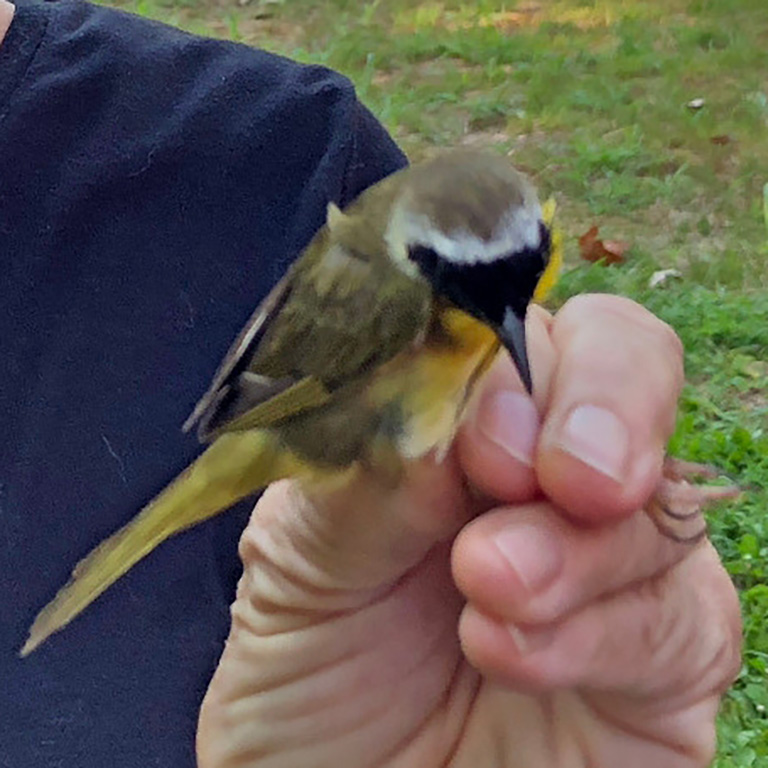
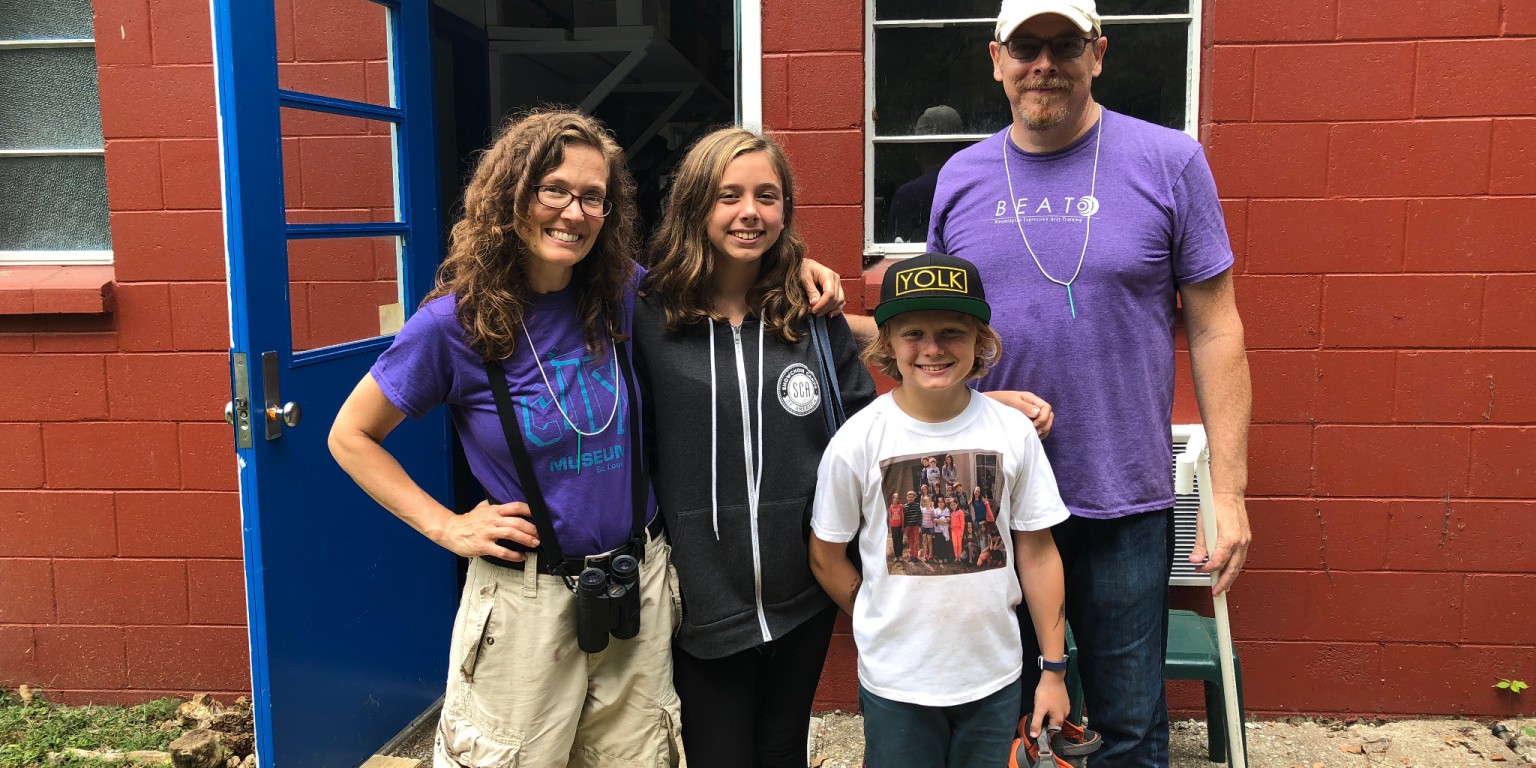
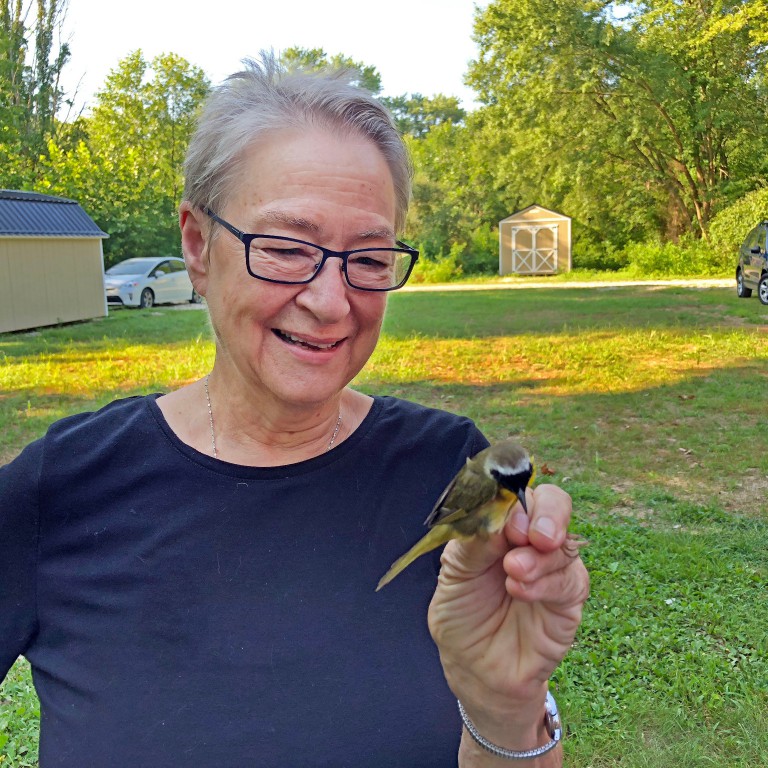
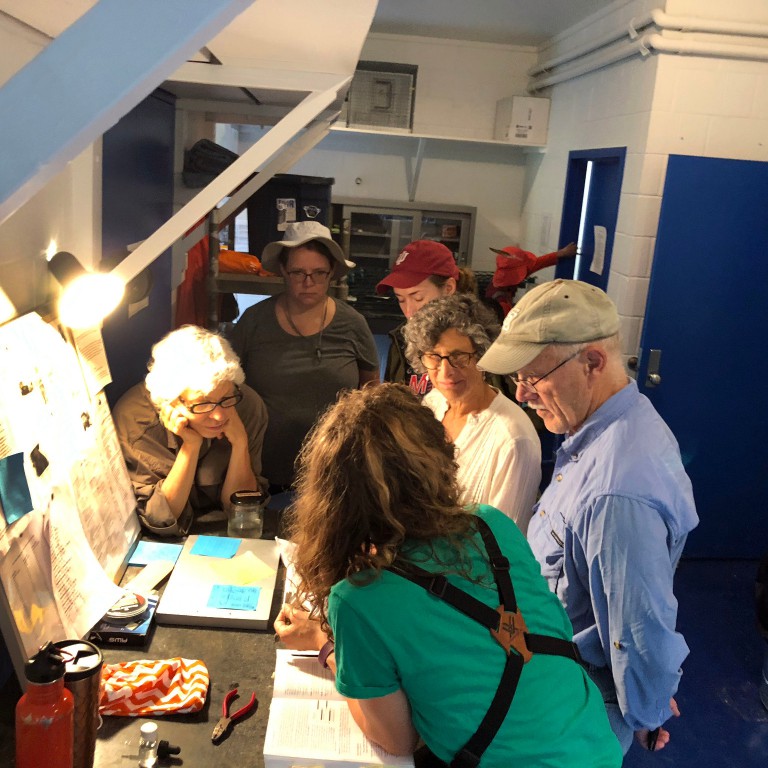

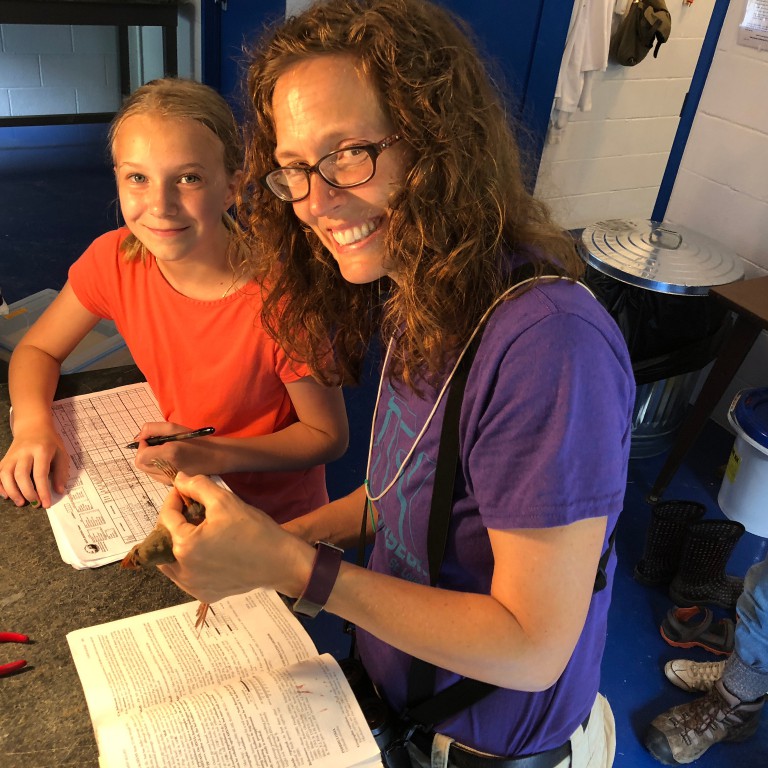
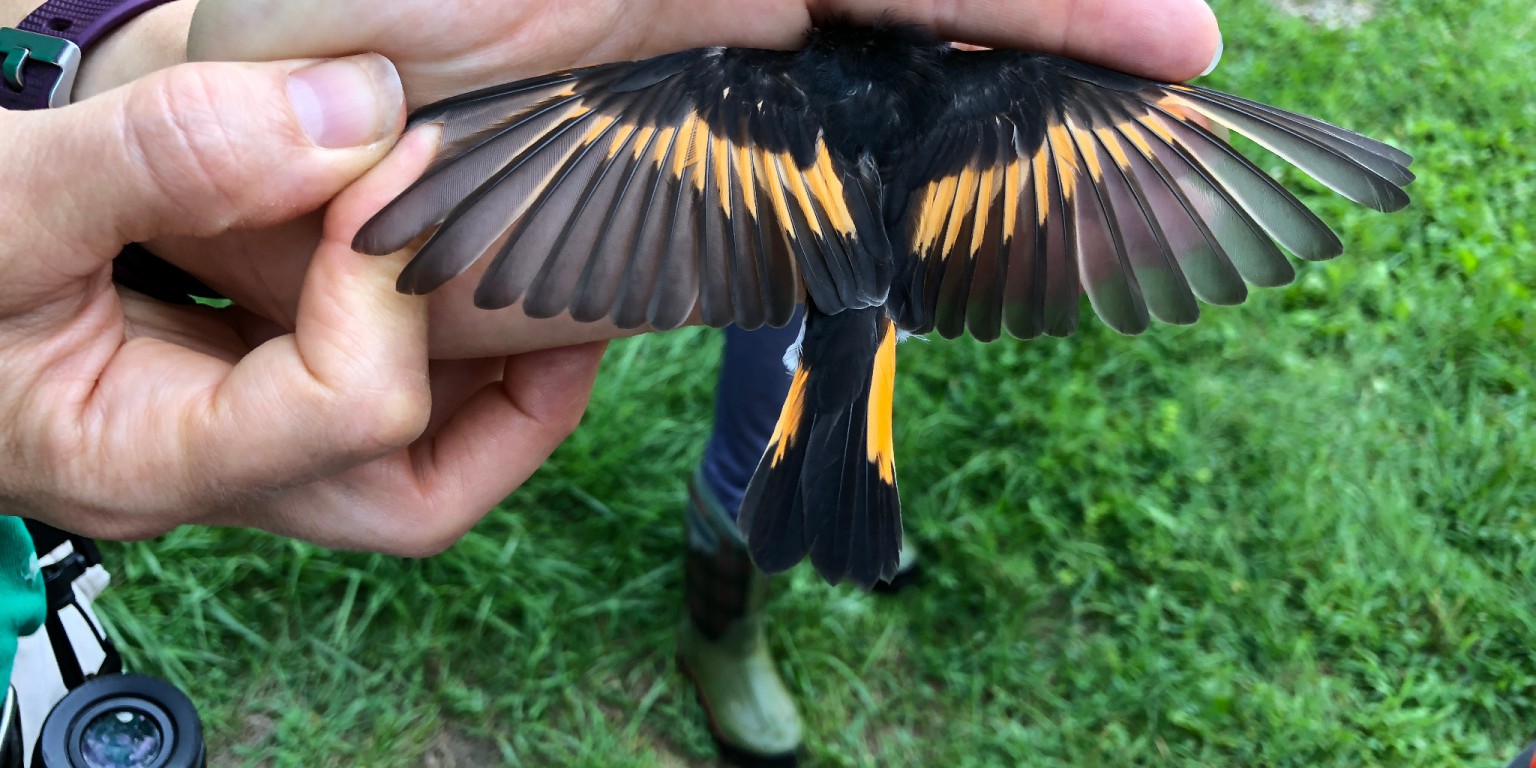
 The College of Arts
The College of Arts